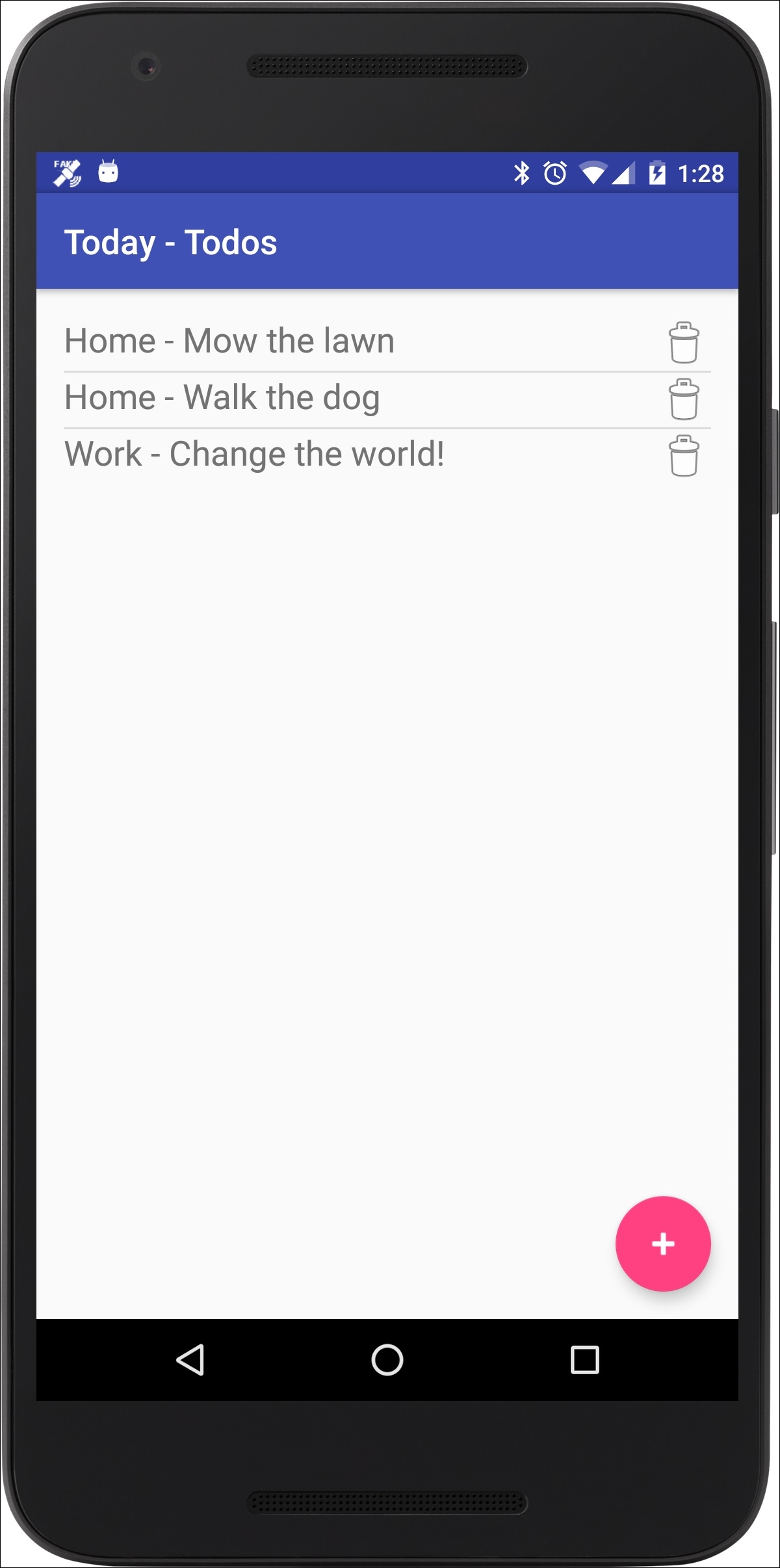"Life is about timing." | ||
| --Carl Lewis | ||
In this chapter, we will discuss notifications in Android Wear. After a quick comparison between notifications in wearable and handheld devices, we will continue extending the Today app from the previous chapter to demonstrate the Android Wear notifications API.
Note
The code accompanying this chapter is available for reference on GitHub (https://github.com/siddii/mastering-android-wear/tree/master/Chapter_6). For the sake of brevity, only code snippets are included as needed. The reader is encouraged to download the referenced code from GitHub and follow along as they progress through the chapter.





